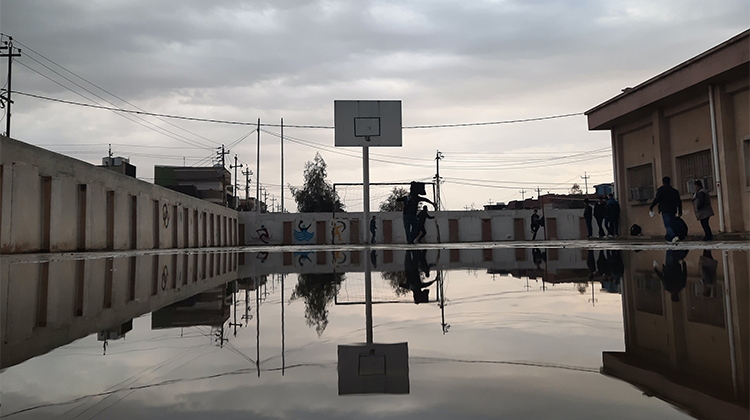Loss of Leadership is Number One Threat to Education

It's good to be a principal or in a senior leadership role in schools, teachers? Not so much. In an investigation of the state of schooling so far this year, principals and senior leadership colleagues expressed more optimism about their roles and the future of their schools compared to teachers and middle leaders.
Teachers and middle leaders are not feeling positive about their work, the culture of their workplace, and the alignment between their values and the values of their school.
Alarmingly, middle leaders are least likely to intend to stay in their role for the next 12 months and as they constitute a significant portion of potential future senior leaders and principals, this raises serious concerns about the sustainability of the leadership pipeline.
Logically, the shortage of casual, relief, and short-term contract teachers has become more acute with so many teachers leaving the profession - and a dwindling supply of new teachers coming through universities - schools are scrambling to fill gaps in their teaching workforce, and this has created high demand for short-term teachers.
A frequent complaint is around high workloads and work intensification, placing the wellbeing of staff - and therefore the retention of those staff in schools - at risk.
The findings come from PeopleBench’s 2023 State of the Sector Survey and Research Program Manager at PeopleBench, Dr Renae Acton, who has spent over 15 years working within the sector, starting her career in the classroom, said the experience of work in schools is failing to meet teachers’ expectations.
“While we might be in a global teacher crisis, teaching itself is not the problem,” Dr Acton said.
“Teachers and middle leaders love working with young people, they appreciate the collegiality and commitment of the profession, and they love that they get to do meaningful work that makes a difference. The problem is all the layers on top of that.
“Simply put, the model of schooling as we have it now is unsustainable and the future of the school workforce has to look different. The sector can't continue to deliver schooling under the same conditions, using the same paradigm, because we simply won’t have enough teachers.
“What I’d love to see is more flexibility built into the system – more flexible models of delivery that respond to student needs, more flexible professional learning that supports staff’s career aspirations, and more flexible job design where educators can craft a role that reflects their professional strengths and interests.”
The report asked direct questions about what is going right in schools, as the positives are not spoken about nearly enough.
In spite of the many challenges, schools remain places where incredible work is done: meaningful work that can create a true sense of purpose for those who perform it, and with massive potential for positive social impact.
Many of the potential solutions to the education workforce challenges are out there in other industries, ready to be adapted to the education context. Plus, there is immense wisdom already in the sector – staff know what needs to change, we just need to ask them, take their input seriously and act on it.
One way to retain teachers is to involve them in the big decisions that affect how their school operates, engaging them in conversations about how to recreate the teaching jobs of the future.
The annual PeopleBench State of the Sector report is an exploration of opinions from almost 500 leaders across K/P-12 Education - specifically focused on their views on school workforces - conducted in March to May 2023.
Now in its fourth year, the annual State of the Sector report pulls back the curtain on the education sector to reveal the key concerns from within. The results highlight a potent tale of two different experiences of work within the sector: that of school leaders and classroom teachers.
The report, first launched in 2019 in response to rising workforce concerns within the industry, was designed to gather perspectives of Australian educators (principals, teachers, and other school leaders) about the challenges and opportunities they face at work, in a bid to identify and advocate for positive and sustainable solutions.
Image by Alan Serwan